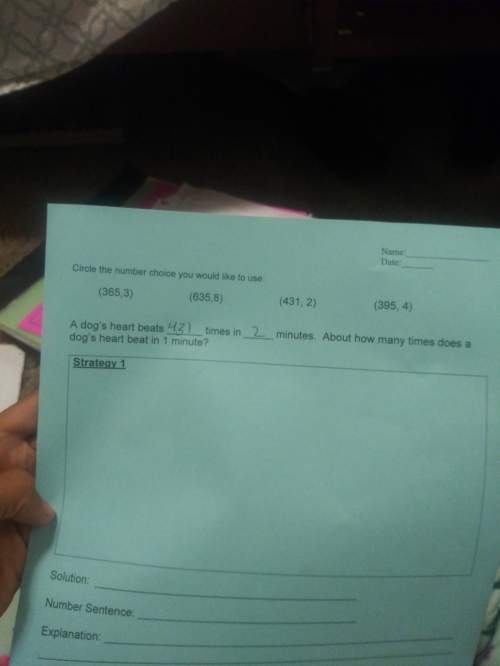
Physics, 18.03.2021 02:20, kenken2583
Three charges lie along the x-axis. One positive charge, q1 = 4.80*10^-18 C, is at x = 3.72 m, and another positive charge, q2 = 1.60*10^-19 C, is at the origin. At what point on the x-axis must a negative charge, q3, be placed so that the resultant force on it is zero?

Answers: 2
Other questions on the subject: Physics

Physics, 21.06.2019 20:20, acsmelis
Two friends are having a conversation. anna says a satellite in orbit is in freefall because the satellite keeps falling toward earth. tom says a satellite in orbit is not in freefall because the acceleration due to gravity is not 9.80 m/2 . who do you agree with and why?
Answers: 1


Physics, 22.06.2019 06:30, keidyhernandezm
Which features on mars point to the possibility of liquid water on the planet? impact craters with sharp rims volcanic cones with craters gullies and stream-like channels mountain ranges with faults
Answers: 1

Physics, 22.06.2019 07:00, divadebbgirl1
Examine the equation. 23490th→23088ra+42he what kind of barrier would you need to block the radioactive particles from this reaction? a. a piece of paper b. a sheet of aluminum foil c. a two-inch block of lead d. a solid concrete block
Answers: 1
Do you know the correct answer?
Three charges lie along the x-axis. One positive charge, q1 = 4.80*10^-18 C, is at x = 3.72 m, and a...
Questions in other subjects:


Mathematics, 06.01.2021 16:20

English, 06.01.2021 16:20

Mathematics, 06.01.2021 16:20





Mathematics, 06.01.2021 16:20


 .
. and
and  would attract
would attract  .
.  is on the line segment between
is on the line segment between  and
and  .
.  , where
, where  (in other words,
(in other words,  away from
away from  denote Coulomb's constant.
denote Coulomb's constant.  .
. .
. . Equate these two expressions and solve for
. Equate these two expressions and solve for  :
: .
. .
. .
. .
. , it should be true that
, it should be true that  and
and  . Therefore,
. Therefore,  .
. .
. .
. .
. .
. .
. .
.




